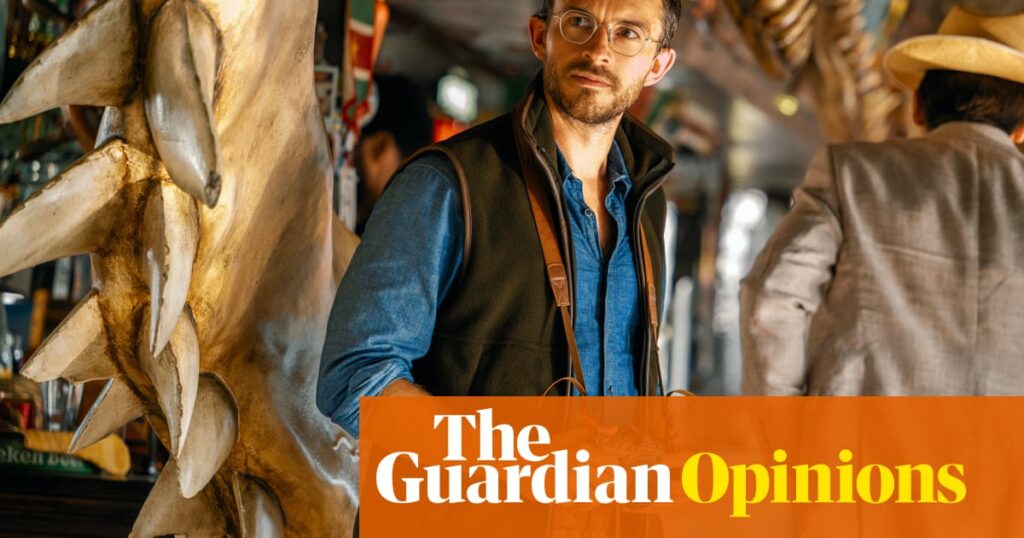On-screen discussions of DNA and off-screen scientific consultants notwithstanding, no one goes to see a Jurassic Park movie for its realism. Yet one of the less convincing moments in Jurassic World Rebirth, the latest in the franchise, is unrelated to oversized velociraptors. It’s the palaeontologist Dr Henry Loomis complaining of shrinking public interest in his field.
This spring, the BBC revived its 1999 hit series Walking With Dinosaurs. Not a week goes by without headlines announcing the discovery of a new species or new theories on how they behaved. Publishers produce an endless stream of dino-related fact and fiction, particularly for children. Palaeontology – at least when focused on the dinosaurs of the Mesozoic, or our hominin forebears – has long exerted an extraordinary hold on the public imagination.
Yet it’s a marginal field in terms of academic prestige and scientific funding, as Dr Chris Manias, a historian of science, points out in the essay collection Palaeontology in Public, published last year. (Dinosaurs are themselves a small part of the discipline; the vast mass of fossils are invertebrates, micro-organisms or plants. Good luck getting a movie made about stromatolites).
The spectacular scale and fearsome nature of creatures such as Spinosaurus, the magic of conjuring extraordinary life from a handful of rocks tens of millions years old, and the mirroring of myths about dragons and other ancient beasts may all play a part in its appeal. Entertainment has always helped: the Crystal Palace dinosaurs were created in the 1850s to encourage interest in recent discoveries (Richard Owen, who coined the term dinosaur, provided advice.) Arthur Conan Doyle’s 1912 novel The Lost World portrayed a South American plateau where prehistoric creatures still roamed. Some of today’s palaeontologists were drawn to the field by watching the first Jurassic Park movie as children.
But the science itself has been central too. In the 19th century, the US palaeontologists Othniel Charles Marsh and Edward Drinker Cope vied to outshine each other in the bitter “Bone Wars”, with academic rigour and ethics taking second place to headline-grabbing glory. In the “dinosaur renaissance” of the 1960s, experts showed the creatures to be more sophisticated, active and interesting than previously imagined. The feathered dinosaurs found in Liaoning, China, in the 1990s have revolutionised our understanding – even if the Jurassic franchise makers, and many dinosaur fans, still draw the line at a downy Tyrannosaurus rex. In recent years, experts have identified a new dinosaur every week or so. New technology is unlocking details of their appearance and behaviour.
The original Jurassic Park was a tourist resort inhabited by dinosaurs brought back from extinction. In the latest film, the plot is driven by big pharma’s hunt for prehistoric DNA that could drive a medical breakthrough. That parallels the tension Dr Manias notes around palaeontology itself: is it primarily a “luxury”, which entertains more than it enlightens, or “useful”? Jaw-dropping giants like Patagotitan still captivate adults and, especially, children. But there are lessons here too. In the past, the field appeared to offer a narrative of progress, as lumbering creatures gave way to mammals and ultimately – tada! – the triumph of humans. Now it is an instructive tale of uncertainty, offering powerful insights into time, nature and how life has fared at times of huge and rapid changes in climactic conditions.
-
Do you have an opinion on the issues raised in this article? If you would like to submit a response of up to 300 words by email to be considered for publication in our letters section, please click here.


